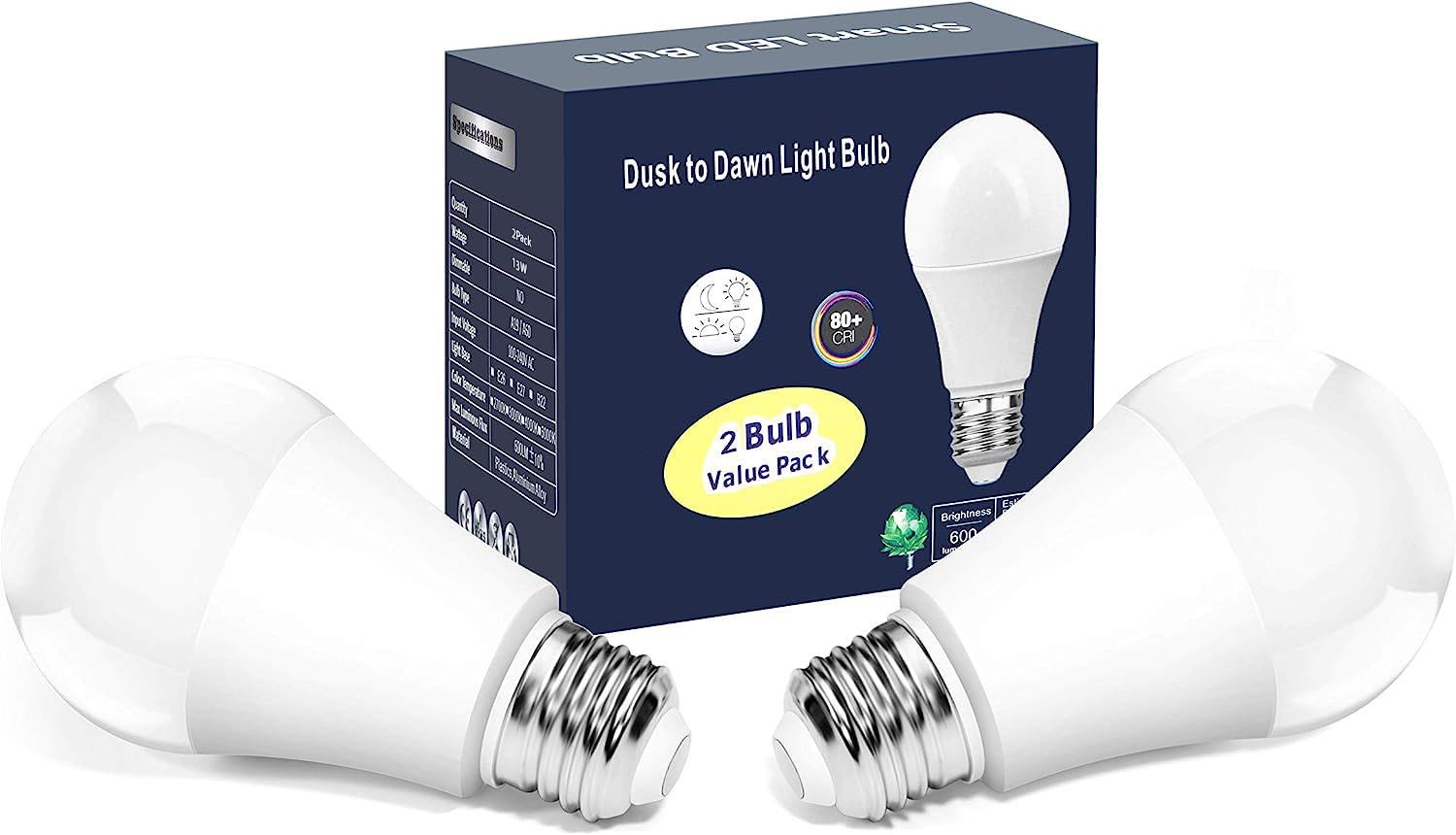

Articles
How Does Dusk To Dawn Light Bulb Work
Modified: December 7, 2023
Discover how dusk to dawn light bulbs work with this informative article. Learn about their automatic turn-on and turn-off function, and how they provide hassle-free outdoor lighting.
(Many of the links in this article redirect to a specific reviewed product. Your purchase of these products through affiliate links helps to generate commission for Storables.com, at no extra cost. Learn more)
Introduction
As the sun sets and darkness engulfs the surroundings, outdoor lighting becomes a necessity for safety and convenience. Traditionally, this would involve manually turning on and off outdoor lights, which can be both cumbersome and easy to forget. However, with the advent of dusk to dawn light bulbs, you no longer need to worry about manually controlling your outdoor lighting.
Dusk to dawn light bulbs, as the name suggests, are designed to automatically turn on when it gets dark and turn off when it becomes light again. These innovative light bulbs utilize advanced technology to seamlessly adjust their brightness level based on the surrounding natural light conditions, providing a hassle-free lighting solution for both residential and commercial spaces.
In this article, we will explore how dusk to dawn light bulbs work, the technology behind them, as well as their benefits and drawbacks.
Key Takeaways:
- Dusk to dawn light bulbs use advanced photocell technology to automatically adjust brightness based on natural light, providing convenient, energy-efficient, and reliable outdoor lighting solutions for residential and commercial spaces.
- While offering convenience and energy efficiency, dusk to dawn light bulbs may lead to increased energy consumption and potential light pollution, requiring careful consideration of their benefits and drawbacks for specific lighting needs.
Read also: 12 Best Dusk To Dawn Light Socket for 2024
What is a Dusk to Dawn Light Bulb?
A dusk to dawn light bulb is a type of lighting fixture that is equipped with a built-in sensor, typically a photocell, which allows the bulb to automatically turn on and off depending on the surrounding light levels. This eliminates the need for manual operation and ensures that the light is always available when it is needed, and off when it is not.
These bulbs are commonly used in outdoor lighting applications, such as porch lights, security lights, and streetlights. They are designed to mimic the natural cycle of the sun, providing illumination during the night and turning off during the day.
Dusk to dawn light bulbs are available in various forms, including LED, CFL, and incandescent bulbs. LED bulbs are the most popular choice due to their energy efficiency and long lifespan. They are also available in different wattage options and can produce a variety of light colors, including warm white and cool white.
These bulbs are easy to install and typically fit into standard light fixtures. They can be used in both outdoor and indoor settings, depending on the specific requirements.
Overall, a dusk to dawn light bulb is a convenient and energy-efficient lighting solution that automatically adjusts its brightness based on natural light levels, providing a reliable and hassle-free lighting experience.
How Does a Dusk to Dawn Light Bulb Work?
Dusk to dawn light bulbs employ a combination of advanced technology and sensors to automatically adjust their brightness levels based on the surrounding natural light conditions. The key components that enable these bulbs to function are the photocell and the turning on and off mechanism.
Photocell Technology: At the core of a dusk to dawn light bulb is a photocell, which is a light-sensitive sensor. The photocell detects changes in the amount of natural light and triggers the turning on or off mechanism accordingly. When the surrounding light levels decrease to a certain threshold, often referred to as the “dusk” point, the photocell signals the bulb to turn on. Conversely, when the natural light levels increase to a predetermined level, known as the “dawn” point, the photocell instructs the bulb to turn off.
The photocell technology used in dusk to dawn light bulbs is highly sensitive and can accurately respond to changes in natural light, even in low-light conditions. This enables the bulbs to provide reliable and consistent functionality, ensuring that the lights are always available when needed and energy-efficient when not required.
Turning On and Off Mechanism: The turning on and off mechanism in a dusk to dawn light bulb is an integral part of its operation. When the photocell detects the decrease in natural light levels and signals the bulb to turn on, the internal circuitry of the bulb allows the flow of electricity, illuminating the light source. Similarly, when the photocell senses the increase in natural light levels and triggers the turning off mechanism, the flow of electricity is interrupted, causing the bulb to turn off.
It’s important to note that dusk to dawn light bulbs do not rely on a timer-based system but rather on the real-time detection of natural light conditions. This ensures that the lights turn on and off at the appropriate times, which may vary depending on the season and geographical location.
Overall, the combined functionality of the photocell and the turning on and off mechanism allows dusk to dawn light bulbs to seamlessly adapt to the surrounding natural light conditions, providing automatic illumination when darkness falls and conserving energy during daylight hours.
Photocell Technology
Photocell technology is the foundation of how dusk to dawn light bulbs operate. A photocell, also known as a photoresistor or light sensor, is a device that detects changes in light levels and converts them into electrical signals. It plays a crucial role in enabling dusk to dawn light bulbs to automatically adjust their brightness based on the surrounding natural light conditions.
Photocells are typically made of a semiconductor material, such as cadmium sulfide (CdS), that exhibits variable resistance depending on the intensity of the light falling on it. As the surrounding light levels change, the resistance of the photocell changes in response.
When there is ample daylight, the resistance of the photocell is low, allowing a greater flow of electrical current. This indicates to the dusk to dawn light bulb that it is daytime, and the bulb remains turned off or dims to a low level, conserving energy.
Conversely, as daylight diminishes and the surrounding area becomes darker, the resistance of the photocell increases. This causes a decrease in the flow of electrical current, which is detected by the bulb. The bulb receives the signal to turn on or increase its brightness, providing adequate illumination during the nighttime hours.
One of the advantages of photocell technology is its ability to accurately detect changes in light levels, ensuring that the dusk to dawn light bulb responds in real-time. This ensures that the lights turn on or off at the appropriate times, regardless of the weather conditions or other external factors that may affect natural light levels.
Furthermore, photocells are designed to be sensitive to the specific wavelengths of light that humans perceive as daylight or darkness. This allows the photocell in a dusk to dawn light bulb to distinguish between natural light and artificial light sources, preventing unwanted triggering or premature operation of the bulb.
Overall, photocell technology is the driving force behind the automatic functionality of dusk to dawn light bulbs, providing a dependable and energy-efficient solution for outdoor lighting needs. With its ability to detect and respond to changes in natural light levels, photocell technology ensures that the lights are only on when they are truly needed, saving energy and enhancing safety and convenience.
Dusk to dawn light bulbs work using a built-in photocell that detects the amount of ambient light. When it gets dark, the photocell activates the bulb, and when it’s light, it turns the bulb off, saving energy and providing automatic outdoor lighting.
Turning On and Off Mechanism
The turning on and off mechanism is an essential component of dusk to dawn light bulbs that allows them to automatically switch between the on and off states based on the signals received from the photocell. This mechanism ensures that the bulb turns on and provides illumination when the surrounding light levels decrease, and turns off when the natural light levels increase.
There are different types of turning on and off mechanisms used in dusk to dawn light bulbs, depending on the specific design and technology employed. Here are two common mechanisms:
Relay Mechanism: In some dusk to dawn light bulbs, a relay mechanism is used to control the current flow and switch the bulb on and off. The photocell sends a signal to the relay, which acts as an electromagnetic switch. When the signal is received, the relay activates, allowing the electrical current to flow and turning on the light bulb. Conversely, when the signal indicates that it is time to turn off, the relay deactivates, interrupting the electrical current and turning off the bulb. This switching mechanism ensures a smooth and efficient transition between the on and off states.
Electronic Control Circuitry: Another common turning on and off mechanism is electronic control circuitry. In this case, the photocell sends signals to an electronic circuit that regulates the electrical current flowing through the light bulb. The circuitry monitors the signals from the photocell and controls a solid-state switch, such as a transistor or a thyristor, to turn the bulb on or off. This electronic switching mechanism allows for precise control and quick response to changes in light levels, ensuring accurate and reliable operation of the dusk to dawn light bulb.
Regardless of the specific turning on and off mechanism used, the goal is the same—to seamlessly adapt to changes in natural light levels and provide illumination only when necessary. This not only improves energy efficiency but also enhances the overall lifespan of the bulb.
It is worth mentioning that dusk to dawn light bulbs may offer additional features, such as adjustable sensitivity or manual override options. These features allow the user to fine-tune the behavior of the bulb or manually control its operation in certain situations, providing flexibility and customization.
By incorporating an effective turning on and off mechanism, dusk to dawn light bulbs are able to provide automated lighting that responds to the natural light conditions, enhancing security, convenience, and energy efficiency in both residential and commercial settings.
Benefits of Using Dusk to Dawn Light Bulbs
Dusk to dawn light bulbs offer numerous benefits that make them a popular choice for outdoor lighting solutions. Here are some of the advantages of using these innovative bulbs:
Convenience and Automation: One of the key benefits of dusk to dawn light bulbs is the automation they provide. With built-in sensors, these bulbs automatically turn on when it gets dark and turn off when it becomes light again. This eliminates the need for manual operation or the use of timers, ensuring that the lights are always available when needed and reducing the risk of forgetting to turn them on or off.
Enhanced Safety and Security: Dusk to dawn light bulbs enhance safety and security around your property. By automatically turning on as darkness falls, they provide a well-lit environment that deters potential intruders and makes it easier to identify any suspicious activity. Whether it’s your home, office, or outdoor spaces, these bulbs provide peace of mind by ensuring that the surroundings are properly illuminated throughout the night.
Energy Efficiency: Dusk to dawn light bulbs are designed to conserve energy. By automatically adjusting their brightness based on natural light levels, they ensure that the lights are only on when necessary, saving electricity and reducing energy costs. Additionally, many dusk to dawn light bulbs use LED technology, known for its energy efficiency and long lifespan, further reducing energy consumption and maintenance requirements.
Long Lifespan: LED dusk to dawn light bulbs have an exceptionally long lifespan compared to traditional incandescent or fluorescent bulbs. LED technology is known for its durability, and these bulbs can last up to 50,000 hours or more. This means less frequent replacement and greater cost savings in the long run.
Versatility: Dusk to dawn light bulbs come in different shapes, sizes, and types, allowing for versatile use in a variety of settings. Whether it’s illuminating your front porch, backyard, driveway, or commercial premises, there is a dusk to dawn bulb suitable for every application. They are compatible with standard light fixtures and can be easily installed without the need for additional wiring or complicated installation processes.
Aesthetics: Dusk to dawn light bulbs can enhance the aesthetics of your outdoor space. With options for different wattages and light color temperatures, you can create the desired ambiance and curb appeal for your home or business. From warm white for a cozy and inviting atmosphere to cool white for a more modern and crisp look, these bulbs offer flexibility in tailoring the lighting to suit your preferences.
Overall, using dusk to dawn light bulbs offers the advantages of convenience, safety, energy efficiency, longevity, versatility, and aesthetics. With their automated functionality and advanced technology, these bulbs provide an efficient and reliable lighting solution for both residential and commercial outdoor spaces.
Drawbacks of Dusk to Dawn Light Bulbs
While dusk to dawn light bulbs offer numerous benefits, it is important to consider some of the potential drawbacks that may arise in certain situations. Here are a few drawbacks to be aware of:
Increased Energy Consumption: Although dusk to dawn light bulbs are designed to be energy-efficient by automatically adjusting their brightness based on natural light levels, they still consume electricity during the night when illumination is required. In some cases, this can lead to a slight increase in overall energy consumption compared to completely turning off the lights at night. It is important to weigh the energy savings during daylight hours against the increased consumption during the night to determine the net energy benefits.
Unwanted Light Pollution: Dusk to dawn light bulbs may contribute to light pollution, especially if they emit excessive or poorly directed light. This can be a concern in urban settings where the lights may spill onto neighboring properties or cause unnecessary glare. Using properly shielded light fixtures and selecting bulbs with appropriate brightness levels can help minimize light pollution and maintain a dark-sky-friendly environment.
Limited Control: Dusk to dawn light bulbs operate based on the detected natural light levels and the built-in sensors. This means that you have limited control over when the lights turn on and off, which may not necessarily align with your specific preferences or needs. While the automated functionality is convenient, it may not provide the flexibility to adjust lighting based on personal preferences or specific situations.
Sensitivity to Ambient Lighting: Dusk to dawn light bulbs rely on ambient lighting conditions to determine when to turn on and off. This also means that they can be sensitive to any fluctuations in light levels, including artificial sources such as nearby streetlights or car headlights. In certain situations, this sensitivity may cause the bulbs to turn on or off at unexpected times or remain on when sufficient natural light is available.
Higher Initial Cost: Compared to traditional incandescent bulbs, dusk to dawn light bulbs, especially LED versions, tend to have a higher upfront cost. However, it is important to consider the long-term cost savings due to their energy efficiency and longer lifespan. While the initial investment may be higher, the overall cost savings over time can offset this drawback.
Overall, while dusk to dawn light bulbs offer many advantages, there are some drawbacks to consider. Increased energy consumption, potential light pollution concerns, limited control, sensitivity to ambient lighting, and higher initial costs are factors that should be weighed against the benefits when considering the use of these bulbs.
Conclusion
Dusk to dawn light bulbs have revolutionized outdoor lighting by providing an automated and convenient solution. With their built-in sensors and advanced technology, these bulbs seamlessly adjust their brightness levels based on the surrounding natural light conditions.
By utilizing photocell technology, dusk to dawn light bulbs are able to accurately detect changes in light levels and trigger the turning on and off mechanism. This ensures that the bulbs turn on when darkness falls and turn off when daylight returns, providing reliable and hassle-free illumination.
The benefits of using dusk to dawn light bulbs are numerous. They offer convenience and automation, enhancing safety and security around residential and commercial areas. By automatically adjusting their brightness levels, these bulbs also contribute to energy efficiency, saving electricity and reducing costs. With their long lifespan and versatility, dusk to dawn light bulbs prove to be a durable and versatile lighting solution for various applications.
However, it is important to consider some of the drawbacks of these bulbs, including increased energy consumption during the night, potential light pollution concerns, limited control over lighting preferences, sensitivity to ambient lighting, and higher initial costs compared to traditional bulbs. These factors should be weighed against the benefits to determine if dusk to dawn light bulbs are the right choice for your specific needs and circumstances.
In conclusion, dusk to dawn light bulbs provide a convenient and efficient way to illuminate outdoor spaces. Whether it’s for safety, security, energy conservation, or enhancing the aesthetics of your property, these bulbs offer automated illumination that adapts to the natural light conditions. By carefully evaluating their advantages and drawbacks, you can make an informed decision on whether to incorporate dusk to dawn light bulbs into your lighting setup and enjoy the benefits they provide.
Frequently Asked Questions about How Does Dusk To Dawn Light Bulb Work
Was this page helpful?
At Storables.com, we guarantee accurate and reliable information. Our content, validated by Expert Board Contributors, is crafted following stringent Editorial Policies. We're committed to providing you with well-researched, expert-backed insights for all your informational needs.
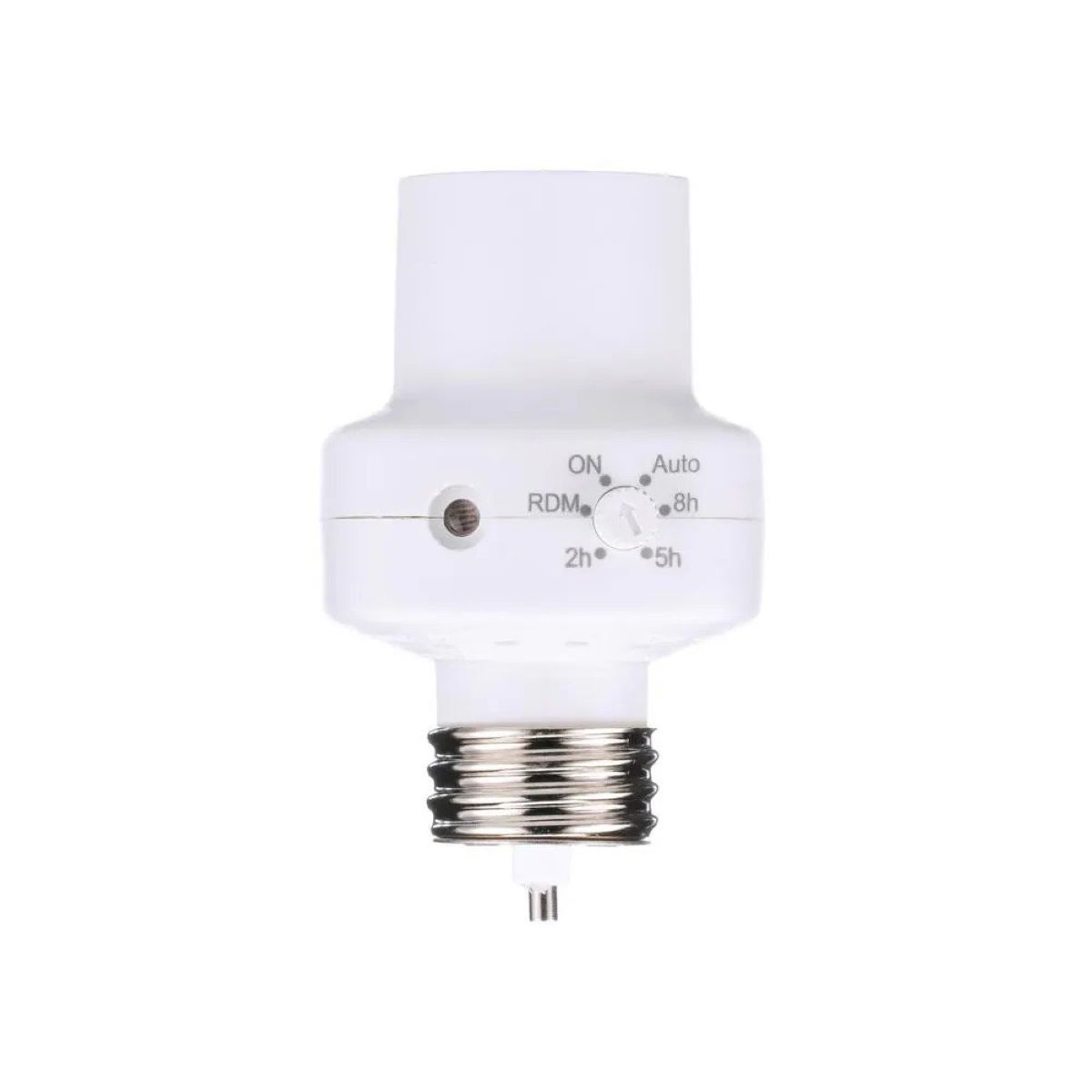
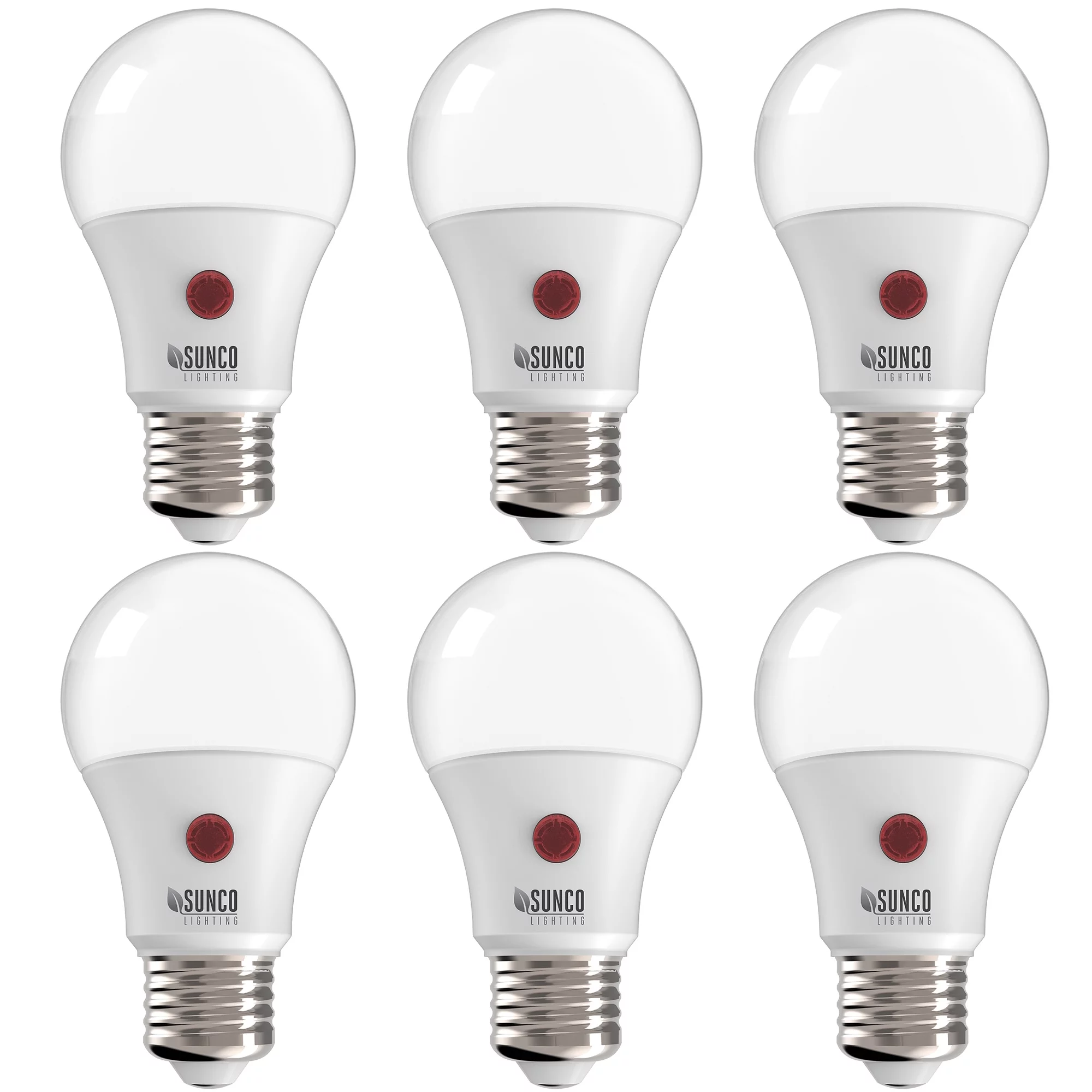
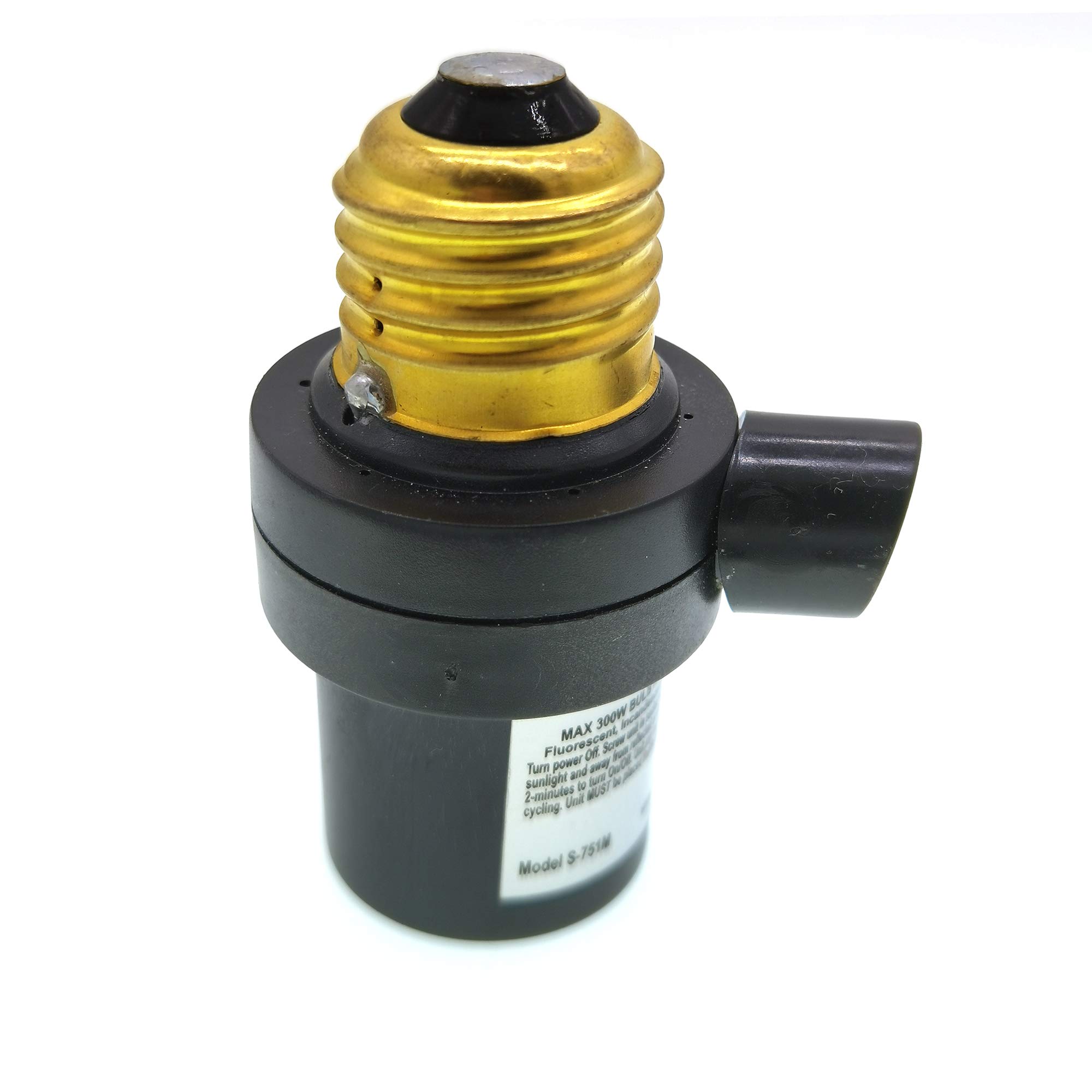
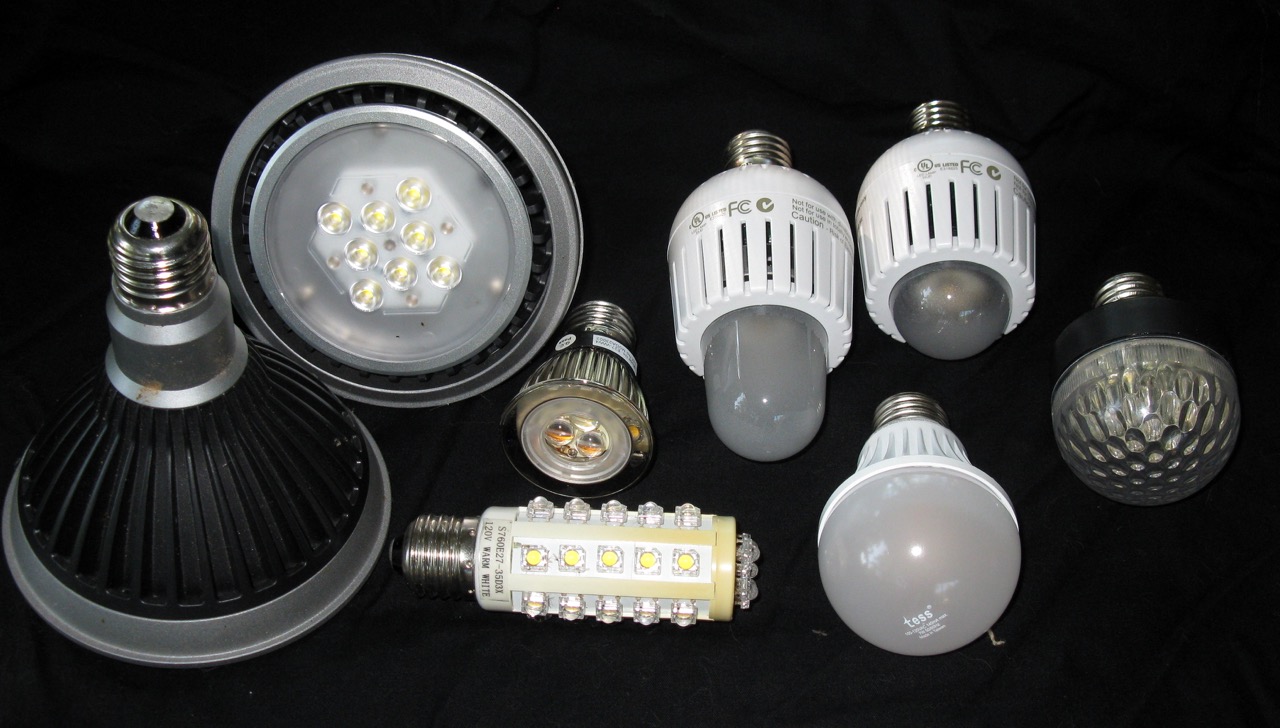
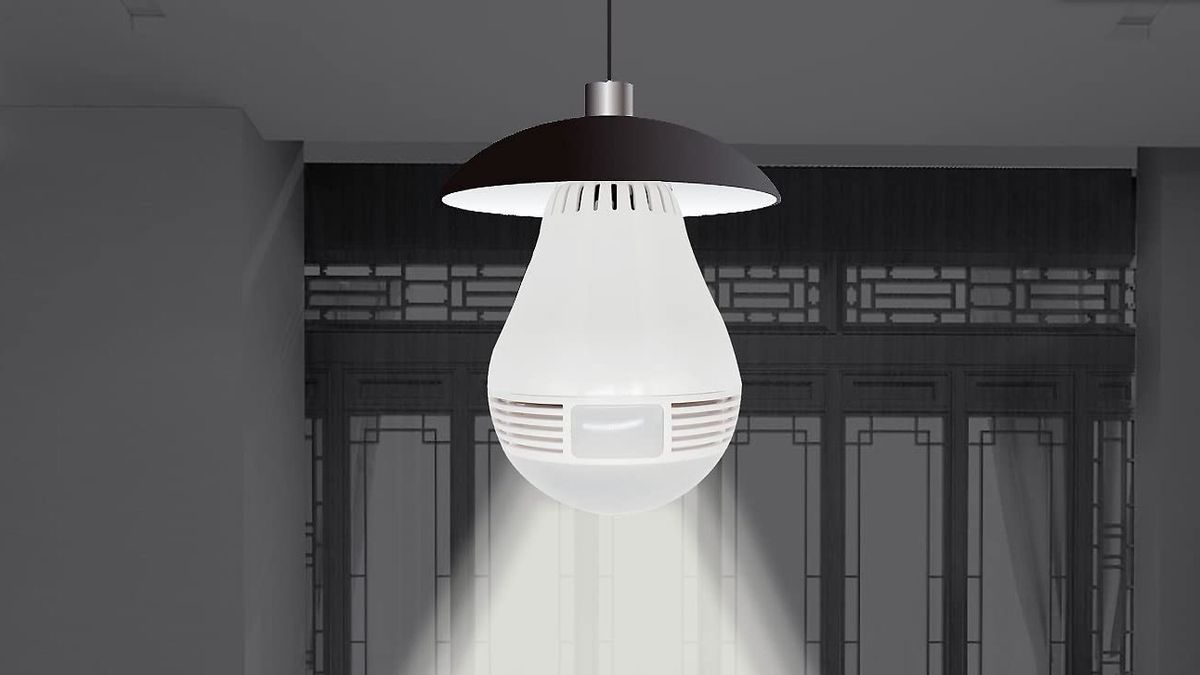
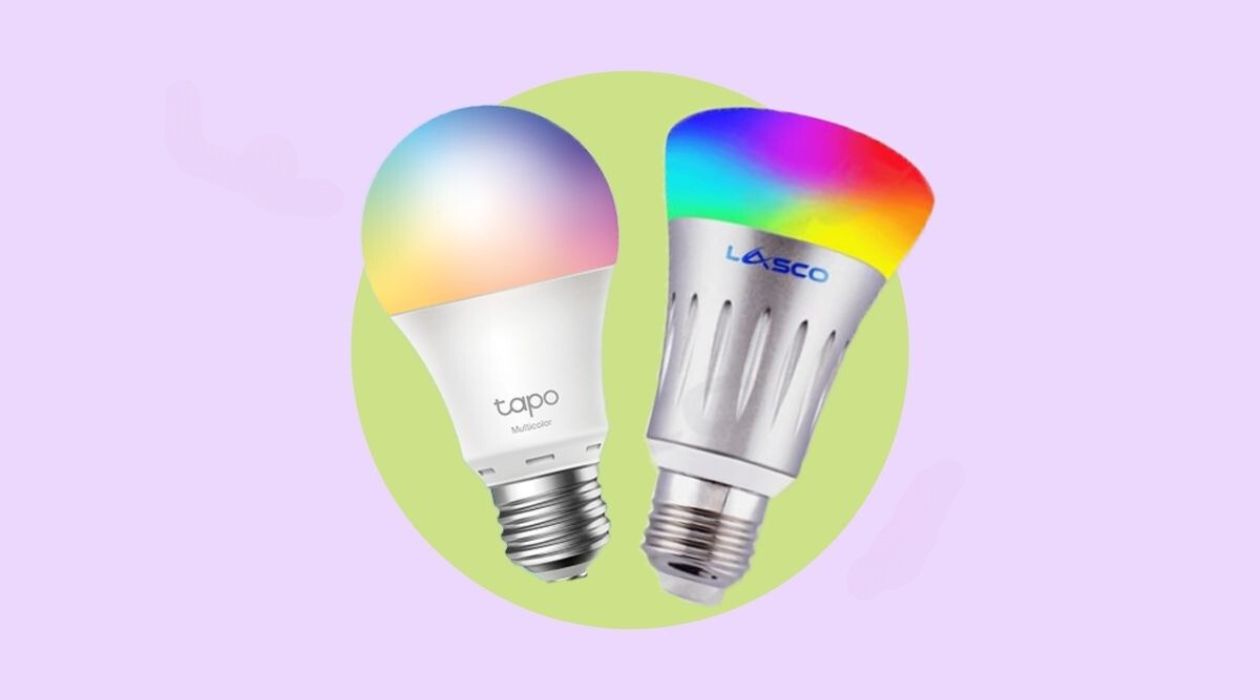
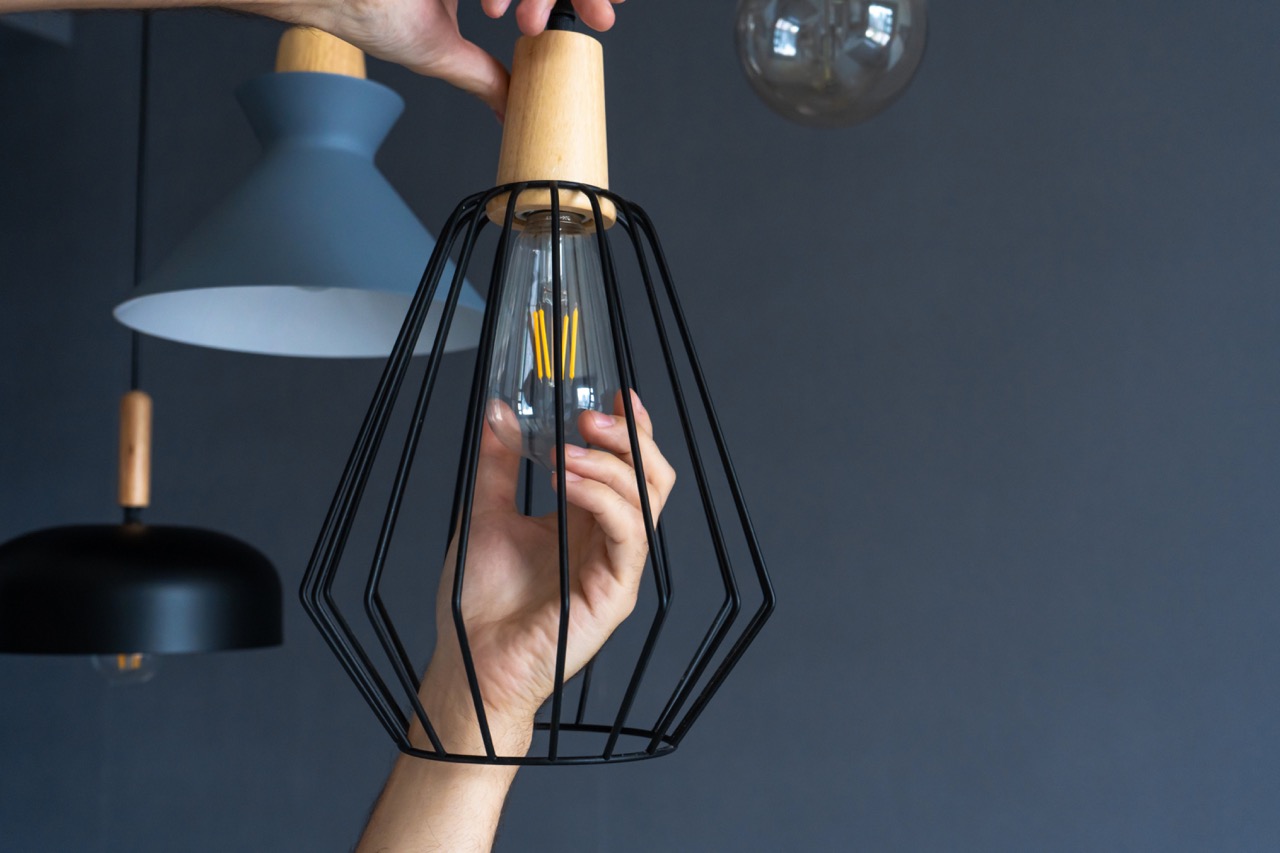
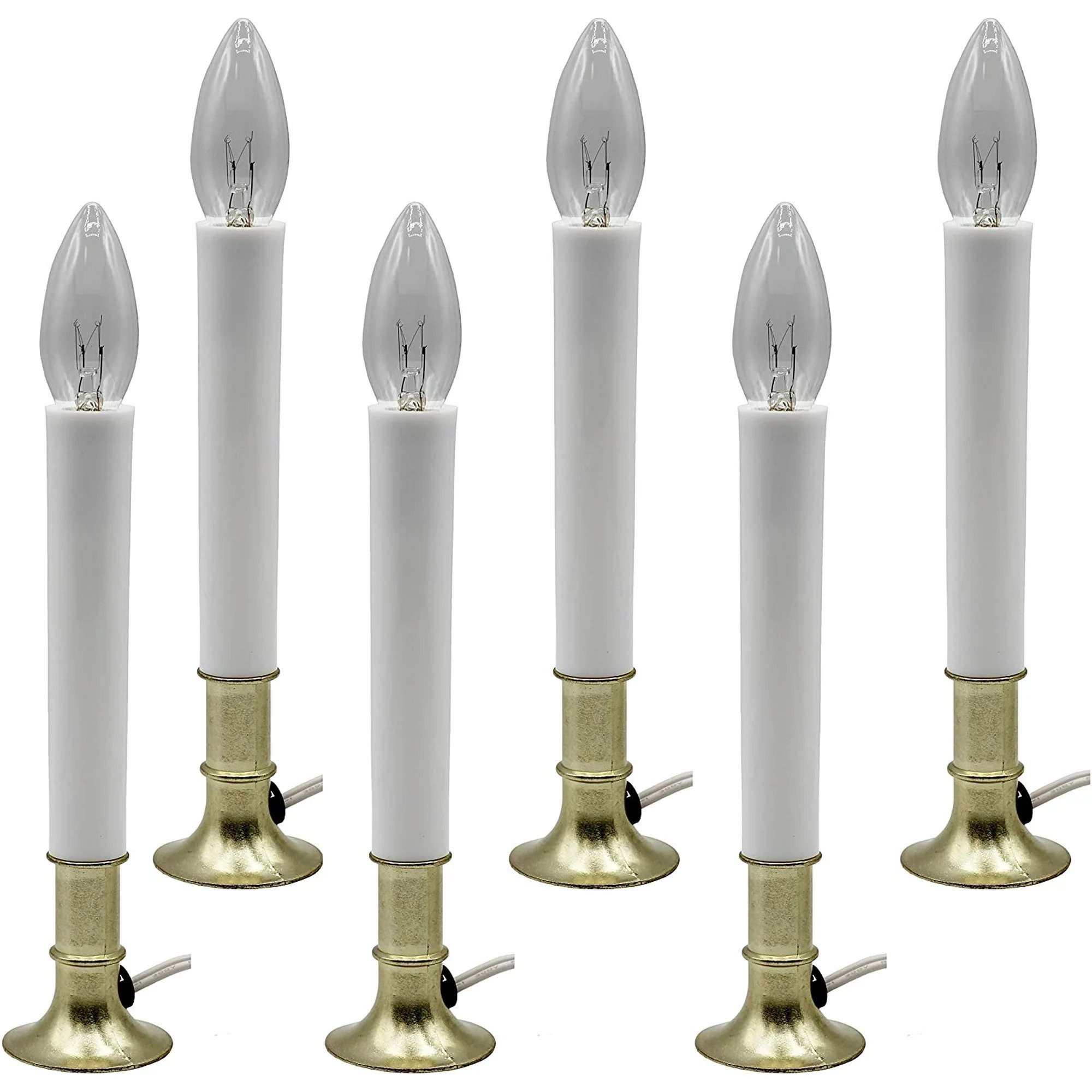
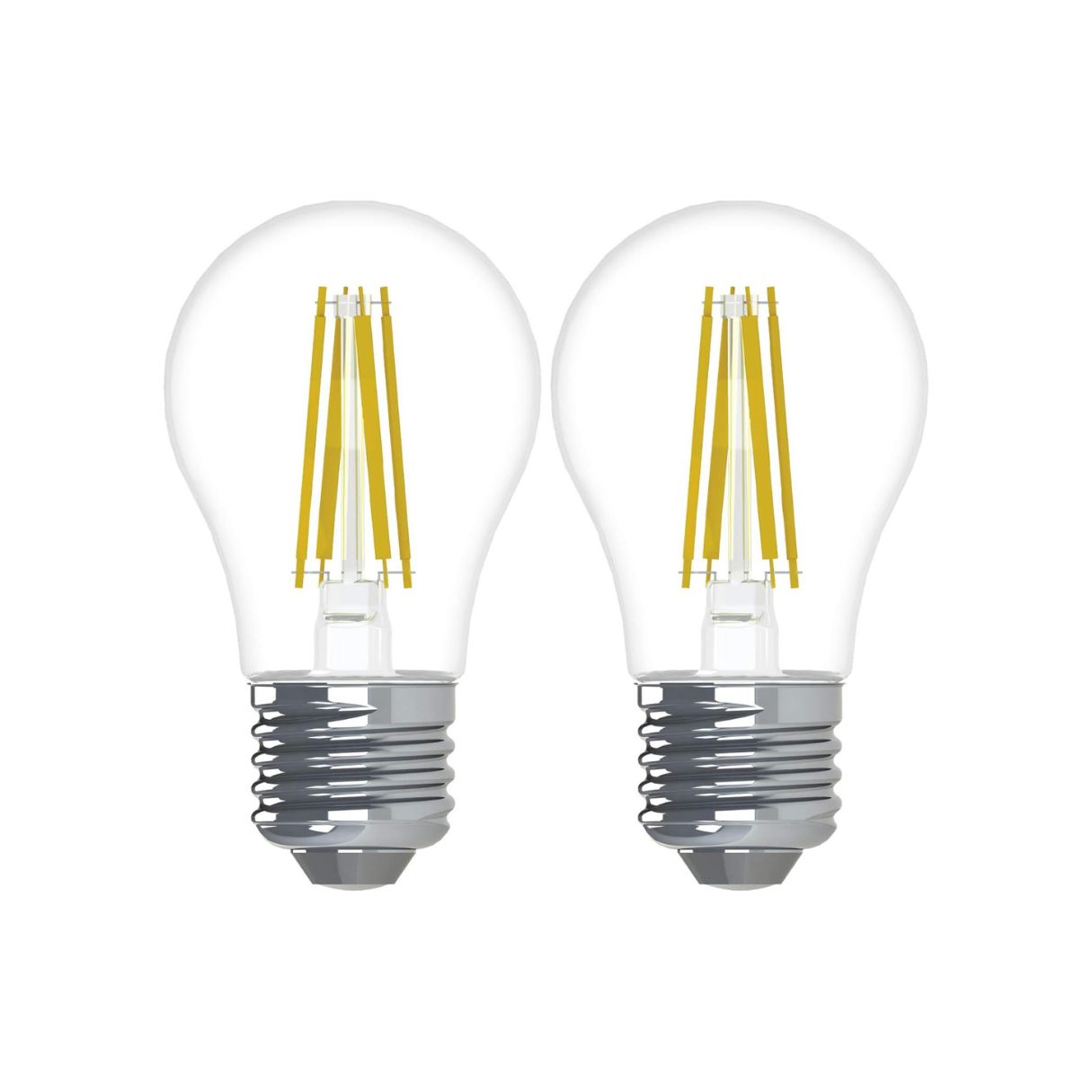
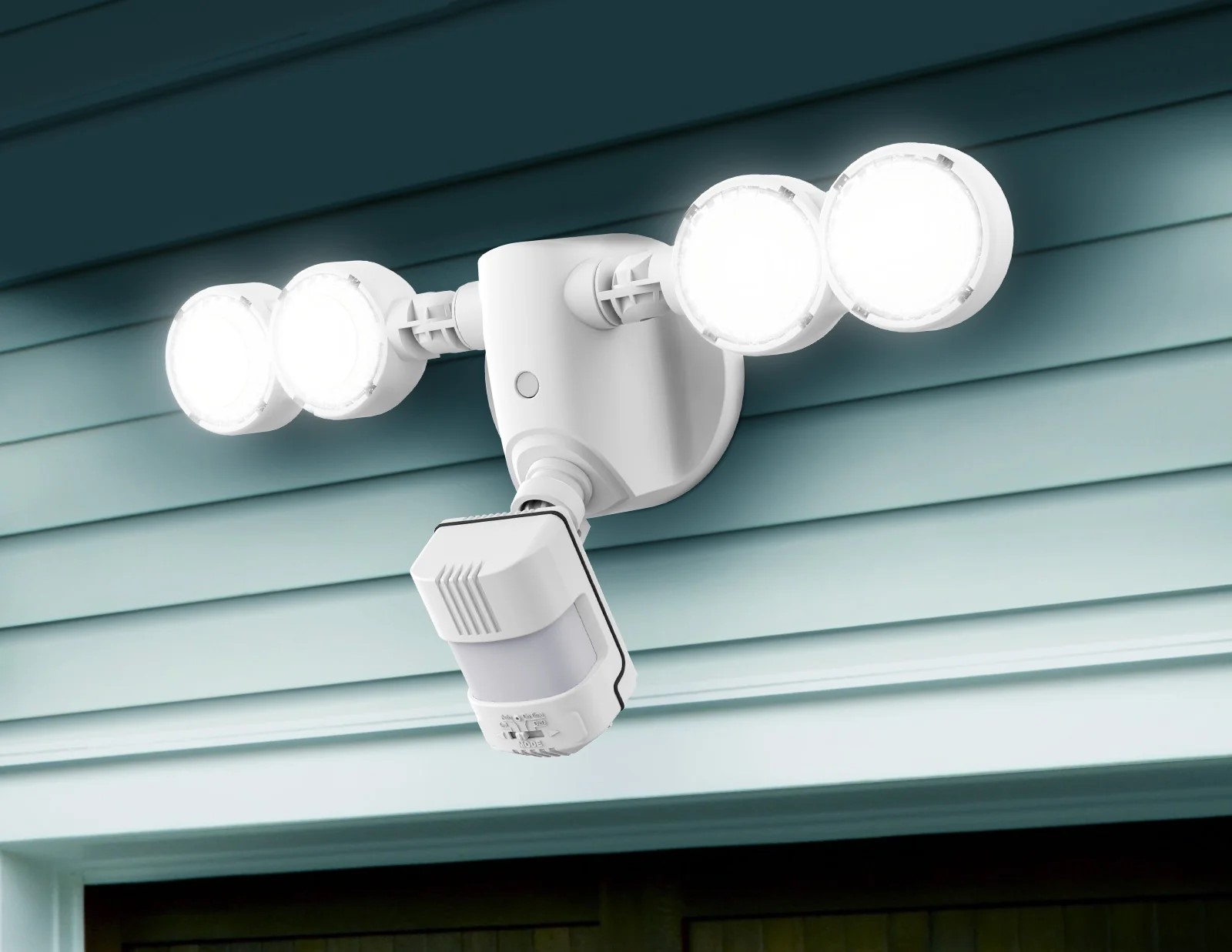
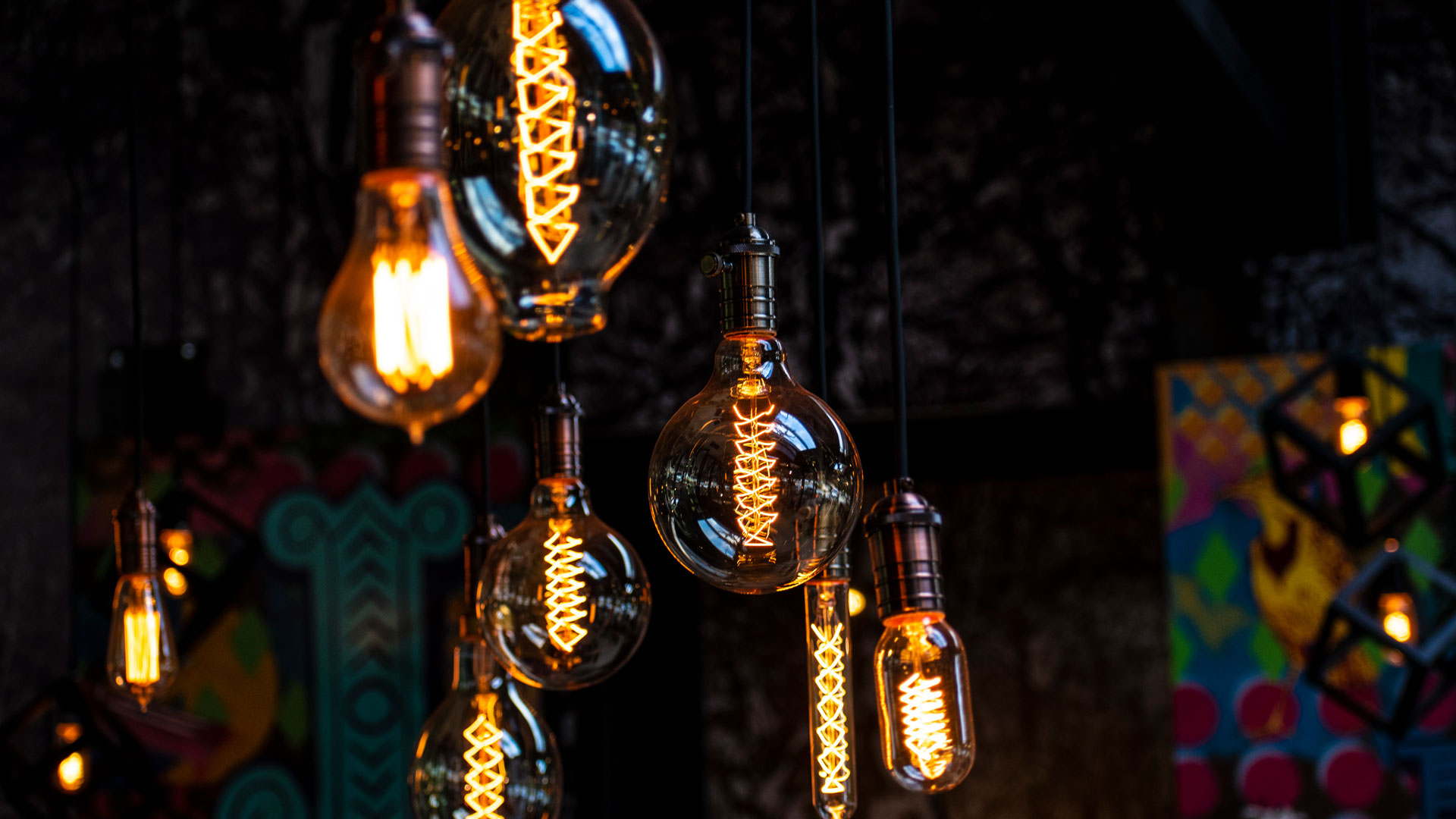
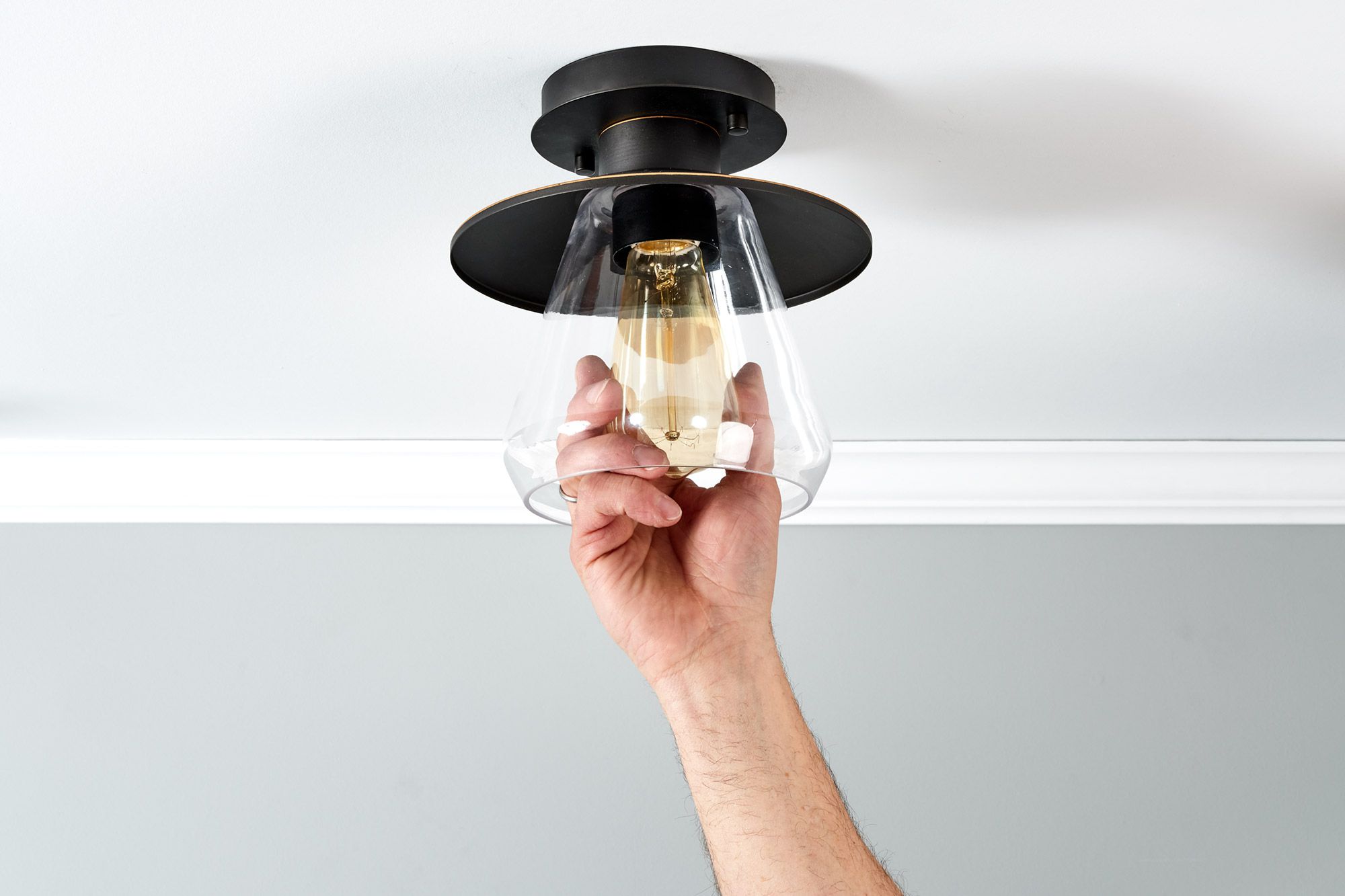

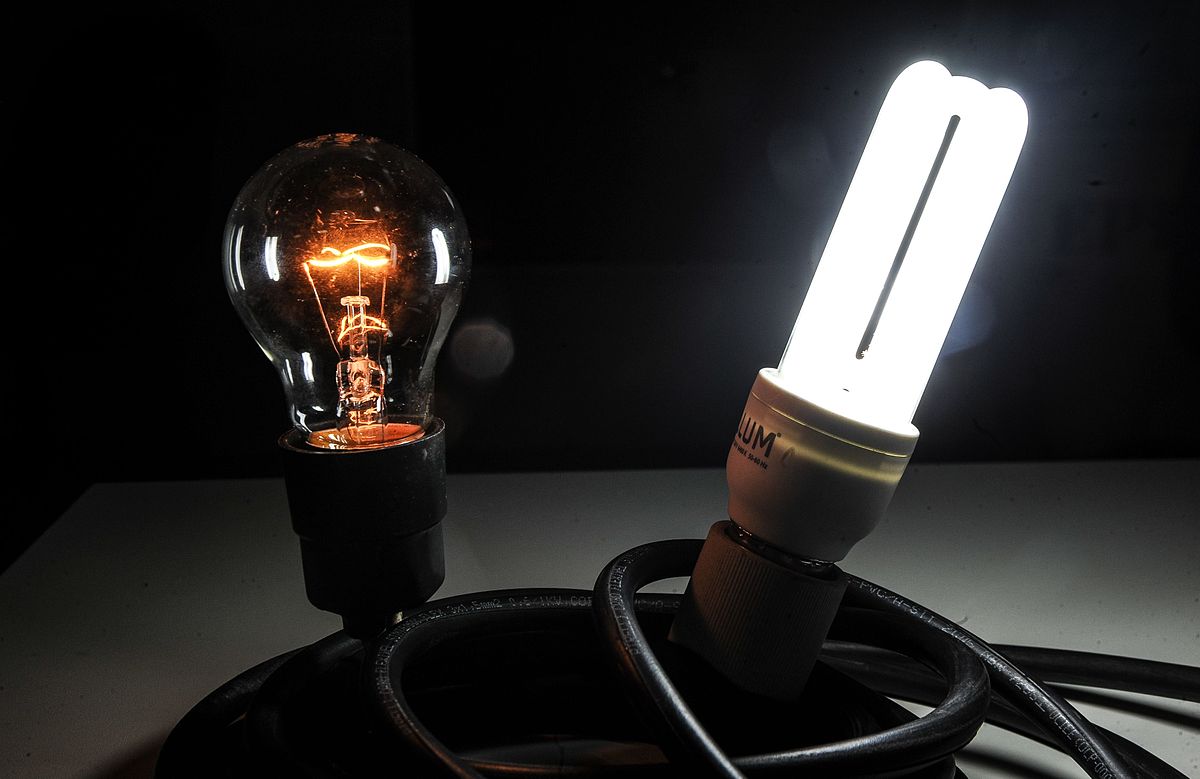

0 thoughts on “How Does Dusk To Dawn Light Bulb Work”